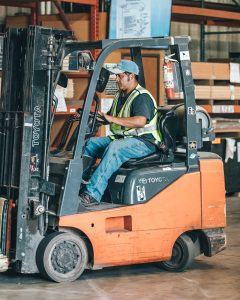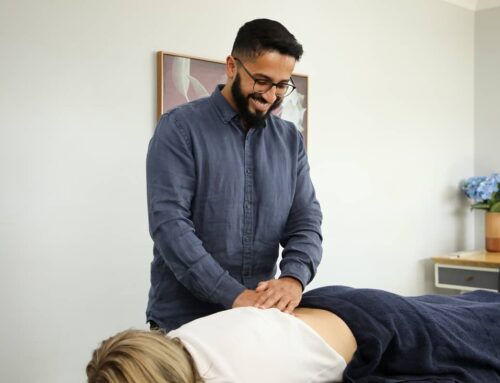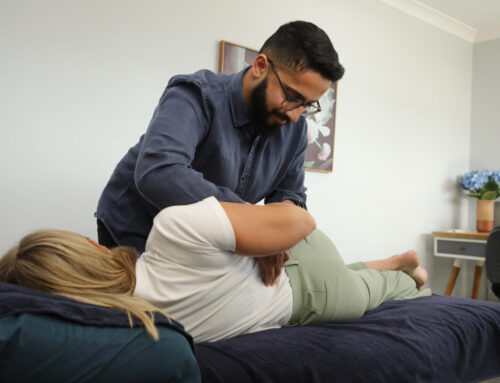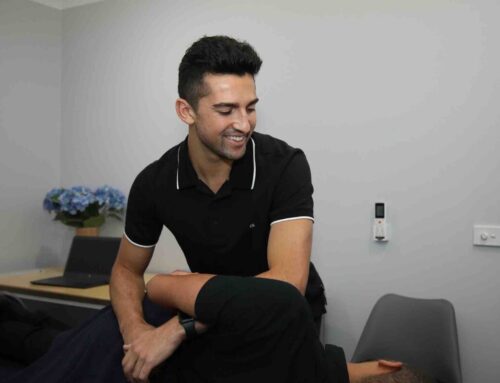Work can often be a significant contributing factor to pain and injury. With the majority of
workers returning to the daily grind over the last few weeks it is important that we have things in
place to address all the things that might put you at risk!
We’ve covered the importance of desk ergonomics which is great for all those desk workers out there but what about those who drive for a living? I’m talking about truck drivers, bus drivers, sales reps and of course all those who have a painfully long commute to work.
Yes, there are similar risks involved with driving for long periods as there is sitting at a desk all day long, but as always, we shouldn’t rely on a ‘one size its all’ approach. In fact, driving a vehicle can be more detrimental than sitting or standing due to the effects of movement and vibration on the body. So if you find you’re in the car, truck or bus a lot, READ ON because this may help you control some of those aches and pains you might be developing.
 Risks
Risks
1) Neck, back and shoulder pain
2) Poor circulation in the legs and buttocks
3) Cramps and pressure points
4) Increased risk of disc and joint degeneration
Optimal Vehicle Set Up:
1) Seat height
Raise to ensure maximal vision of the road with your hips in line with your knees.
Maintain adequate clearance from the roof
2) Lower limb position
Knees should be bent in order to comfortably operate the accelerator and clutch
3) Back rest
Continued support along the length of your back. Shoulders reclined slightly
behind your hips
4) Lumbar support
S-shape spine with no gap between your spine and the car seat
5) Steering wheel
All controls within reach to avoid overextending. Arms relaxed, elbows bent
6) Headrest
Adjust so that it is positioned in the middle of your head with a neutral position
Other Tips:

1) During breaks incorporate postural variations (stretch, walk around car)
2) Make small adjustments to posture every 20-30 minutes
3) Reduce vibration forces by using a thick, firm foam car seat
4) Maintaining a neutral spine will allow the spine to absorb shock better
Images:
1 Photo by Spencer Davis on Unsplash
2 Photo by Soheb Zaidi on Unsplash




